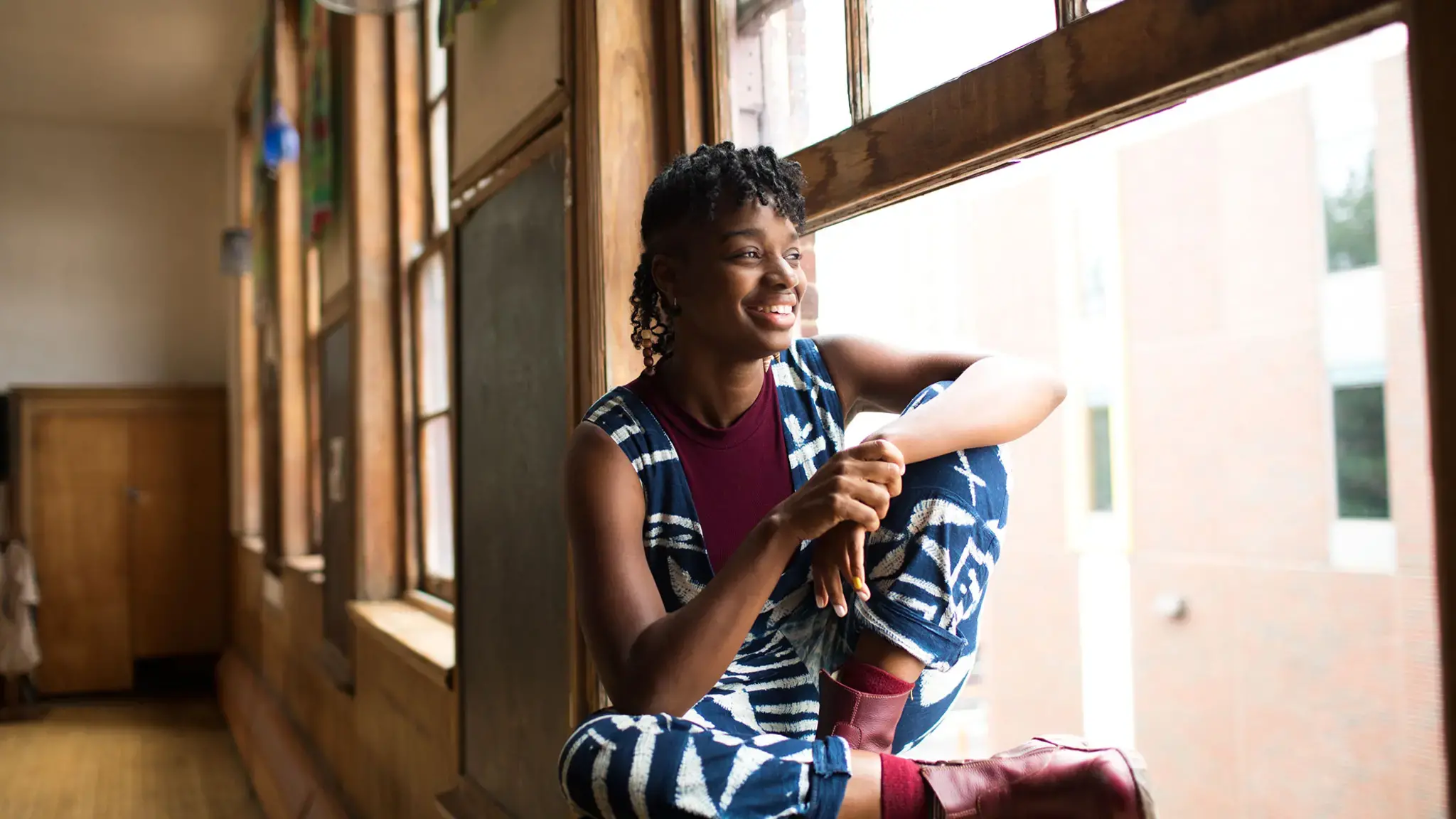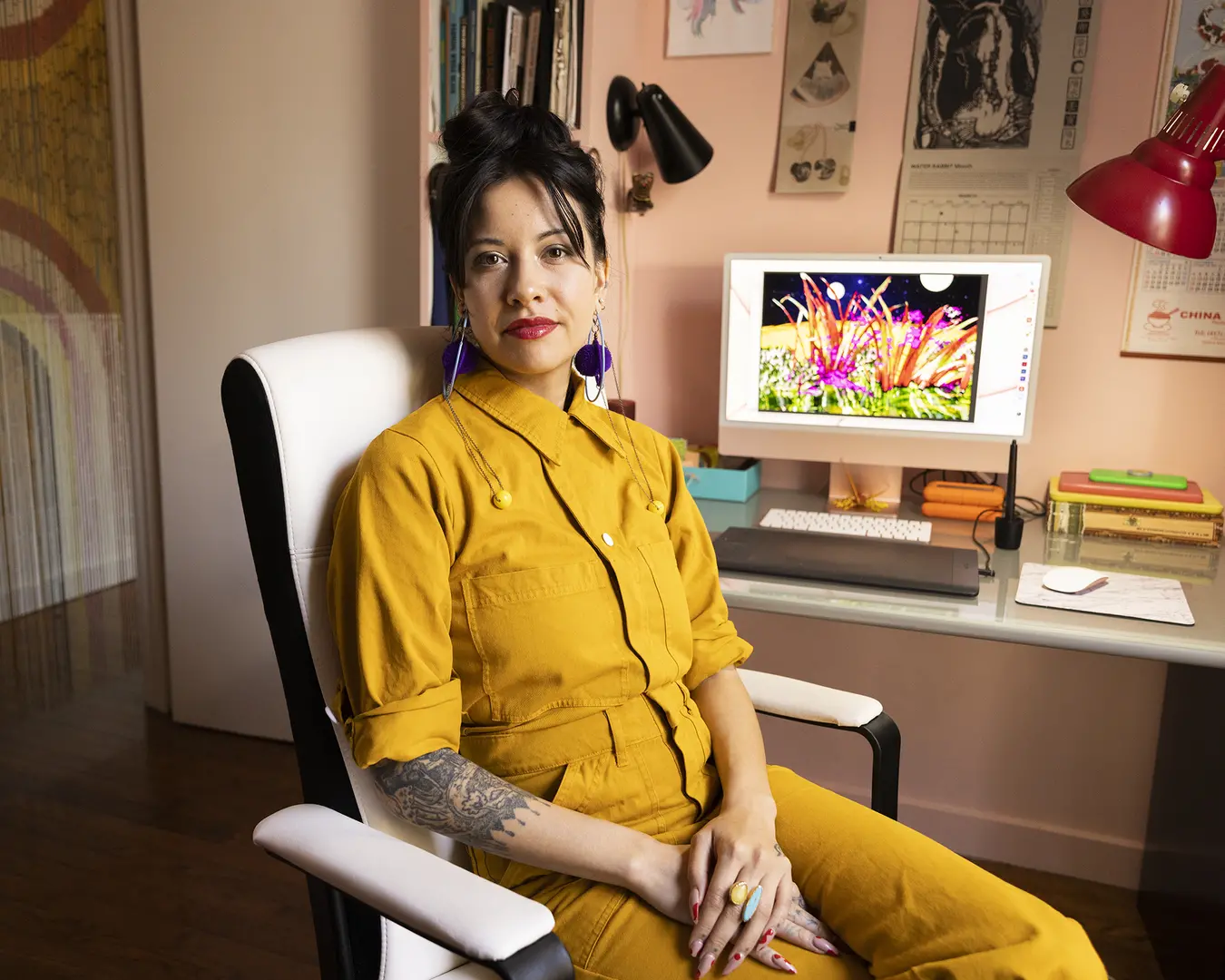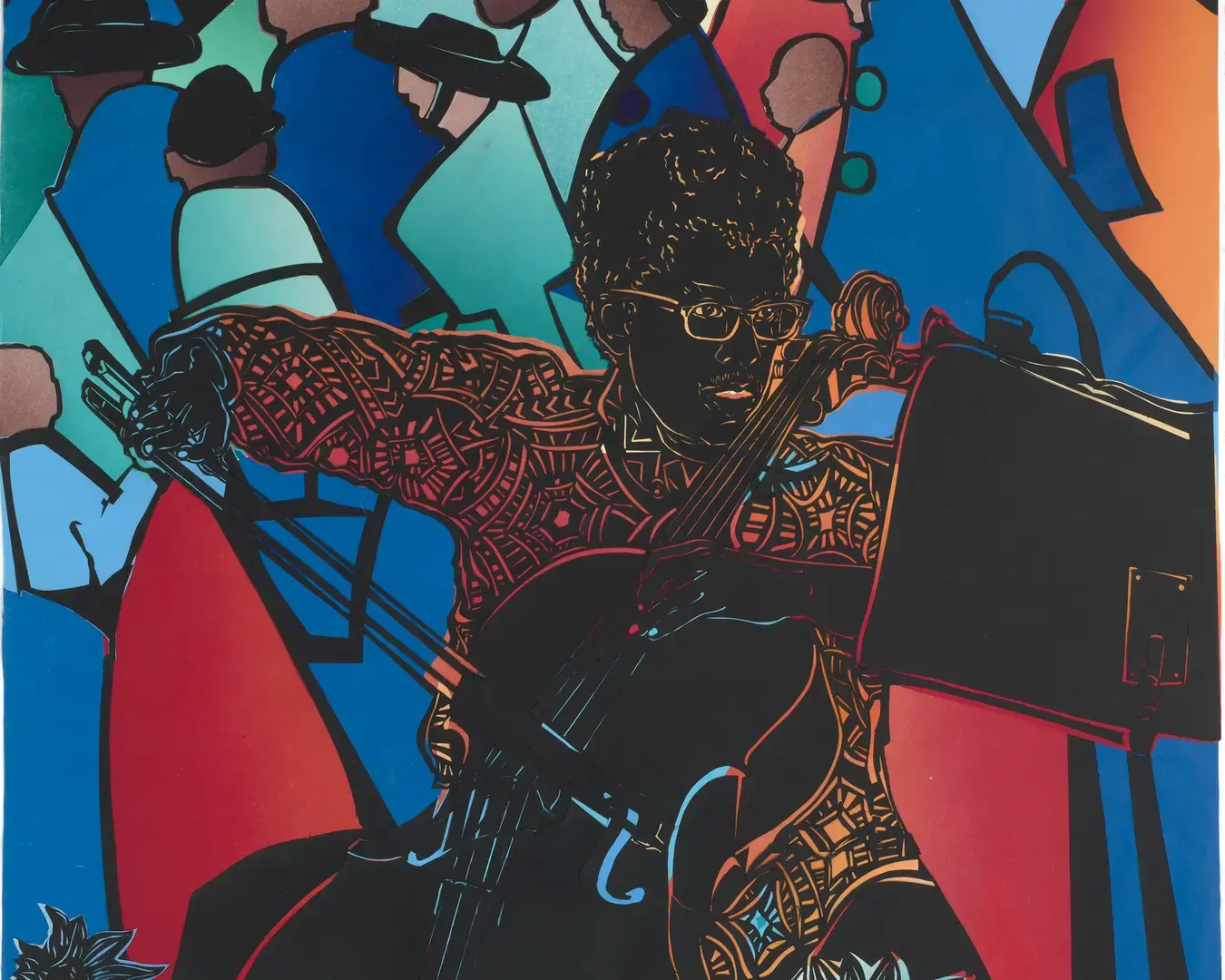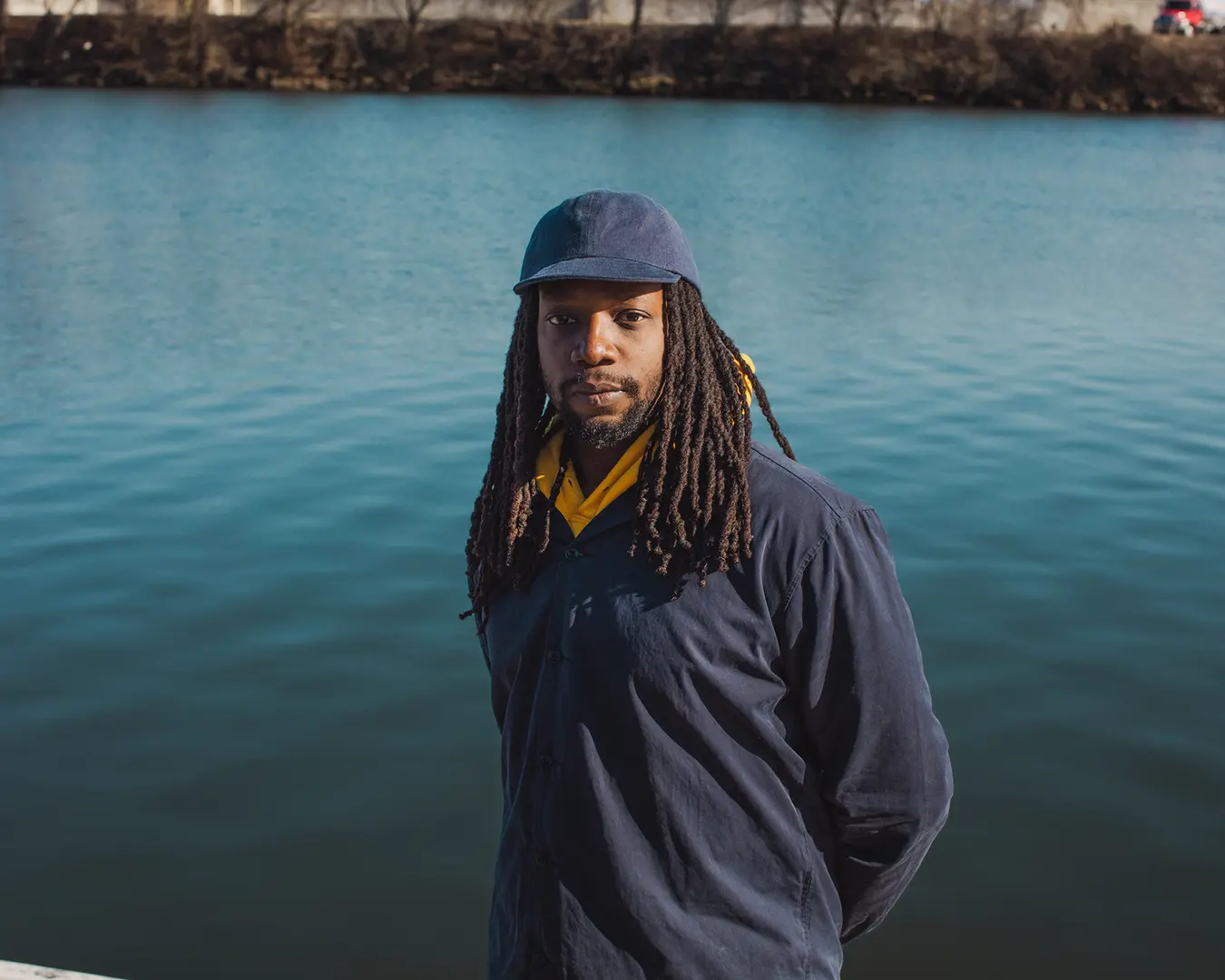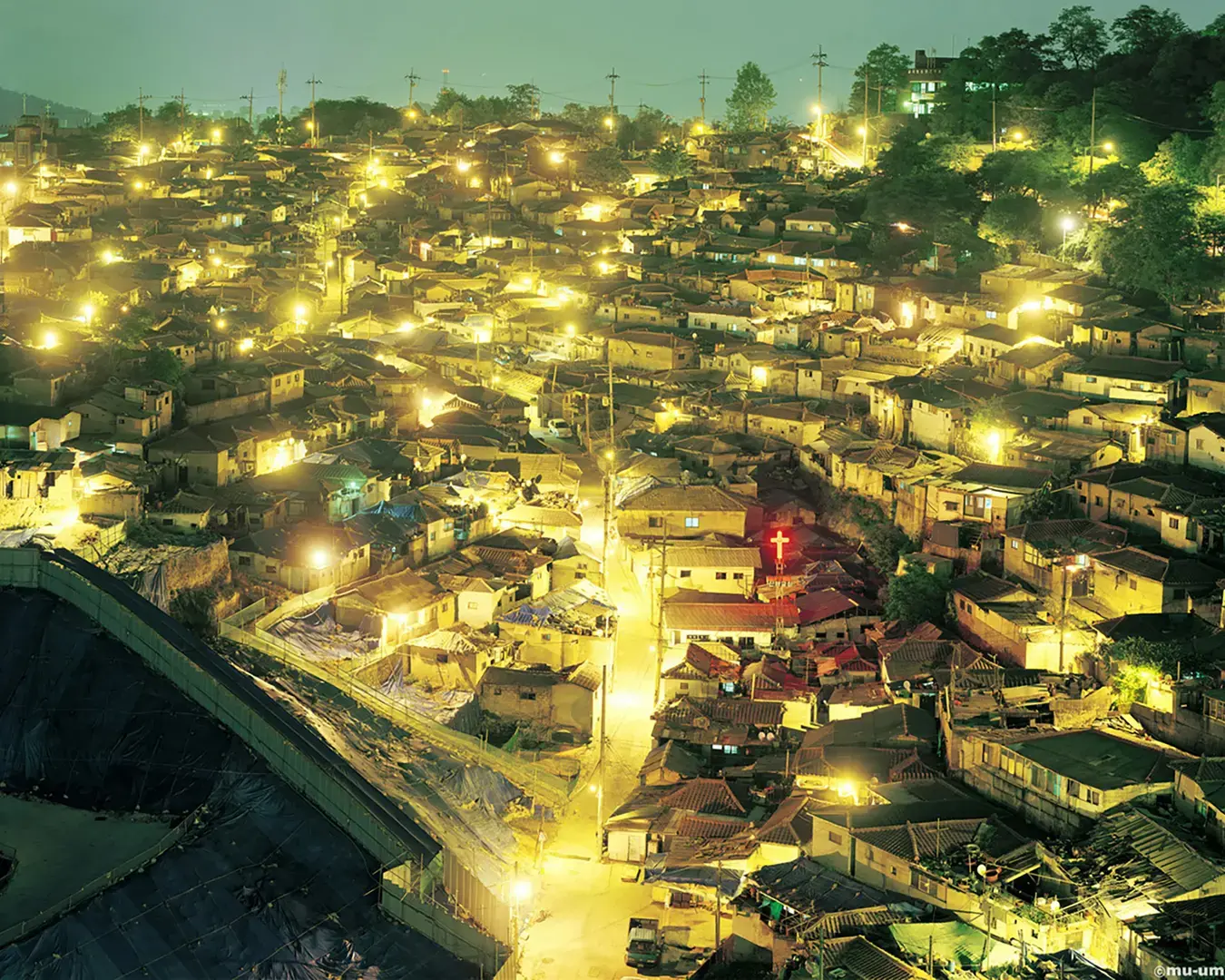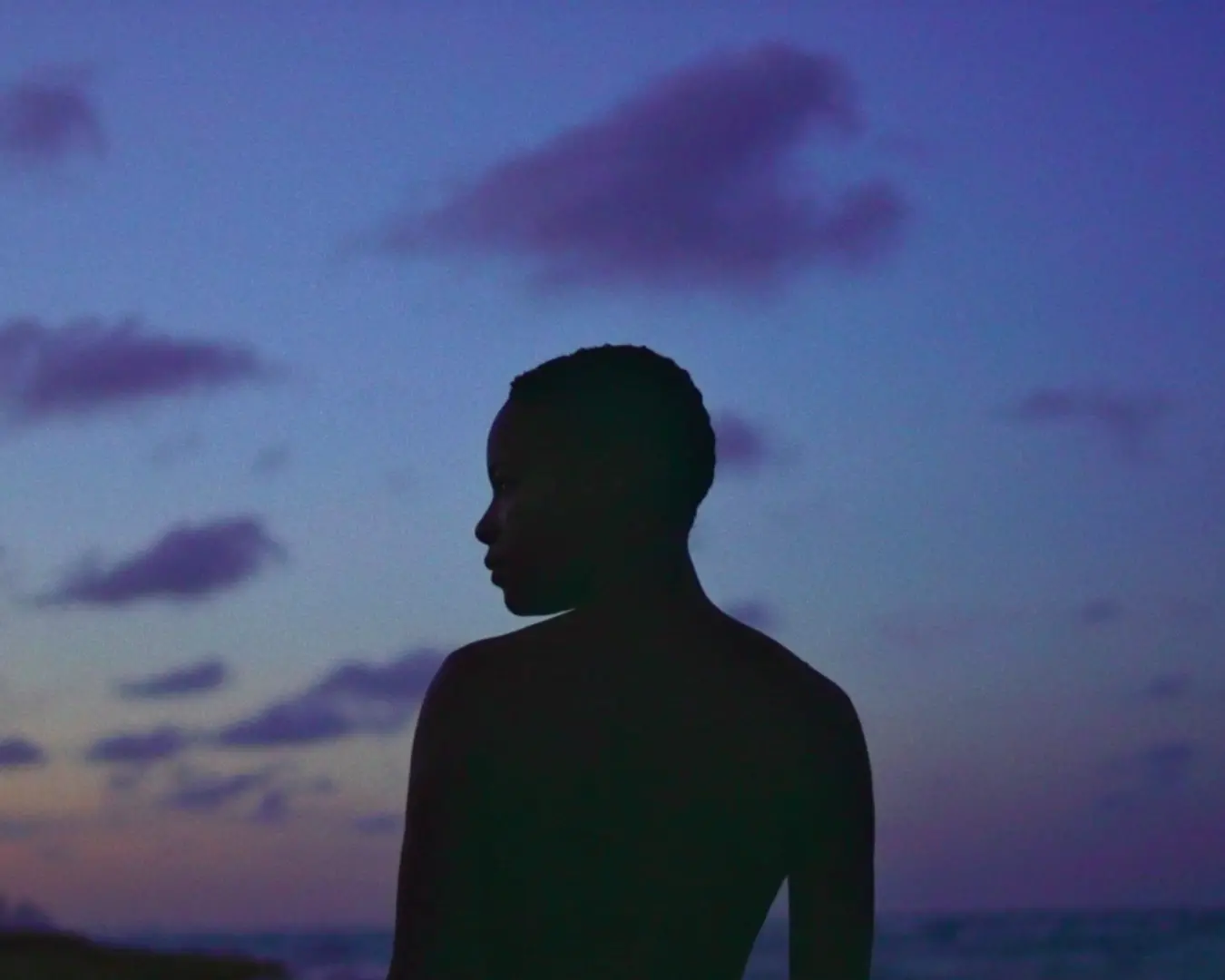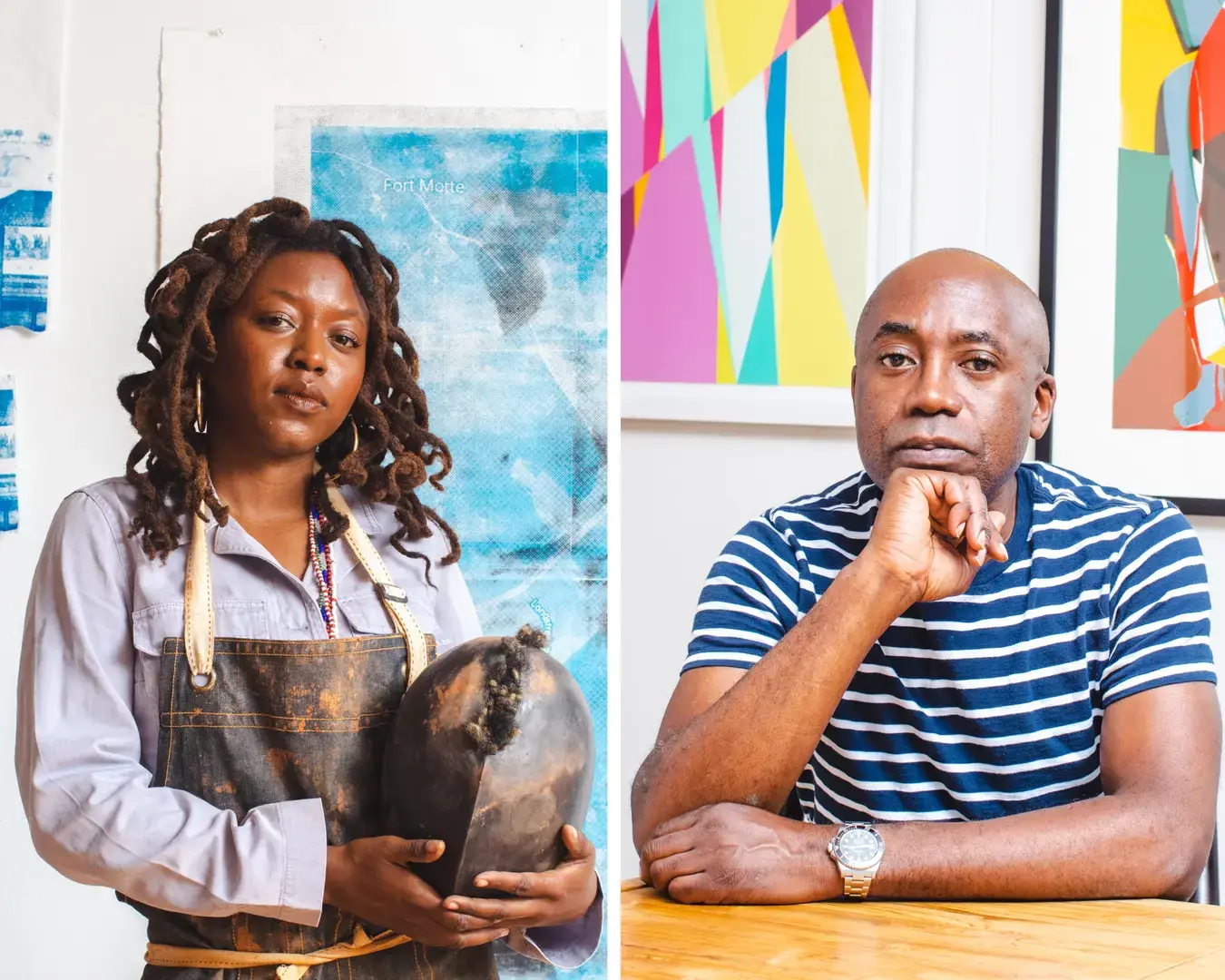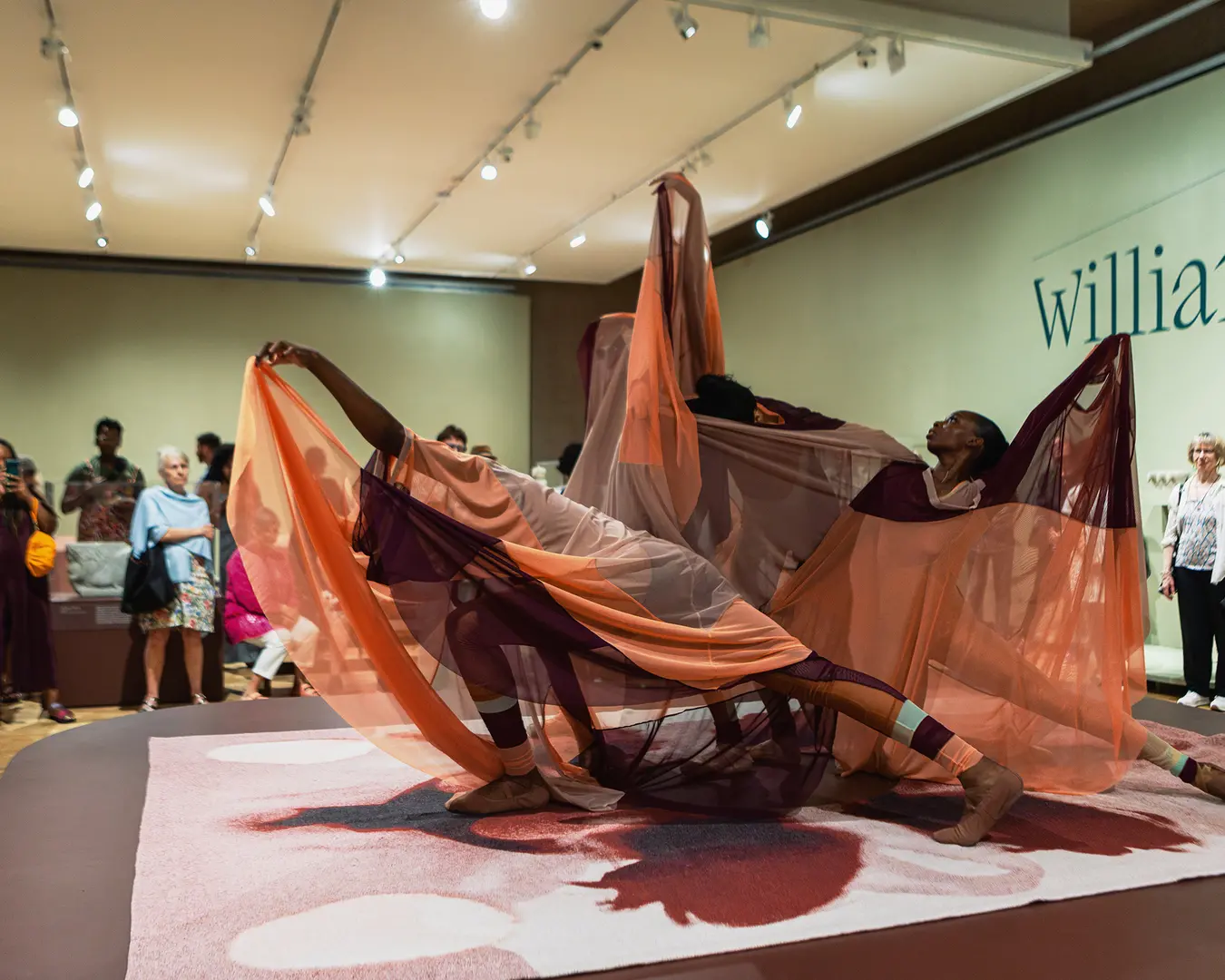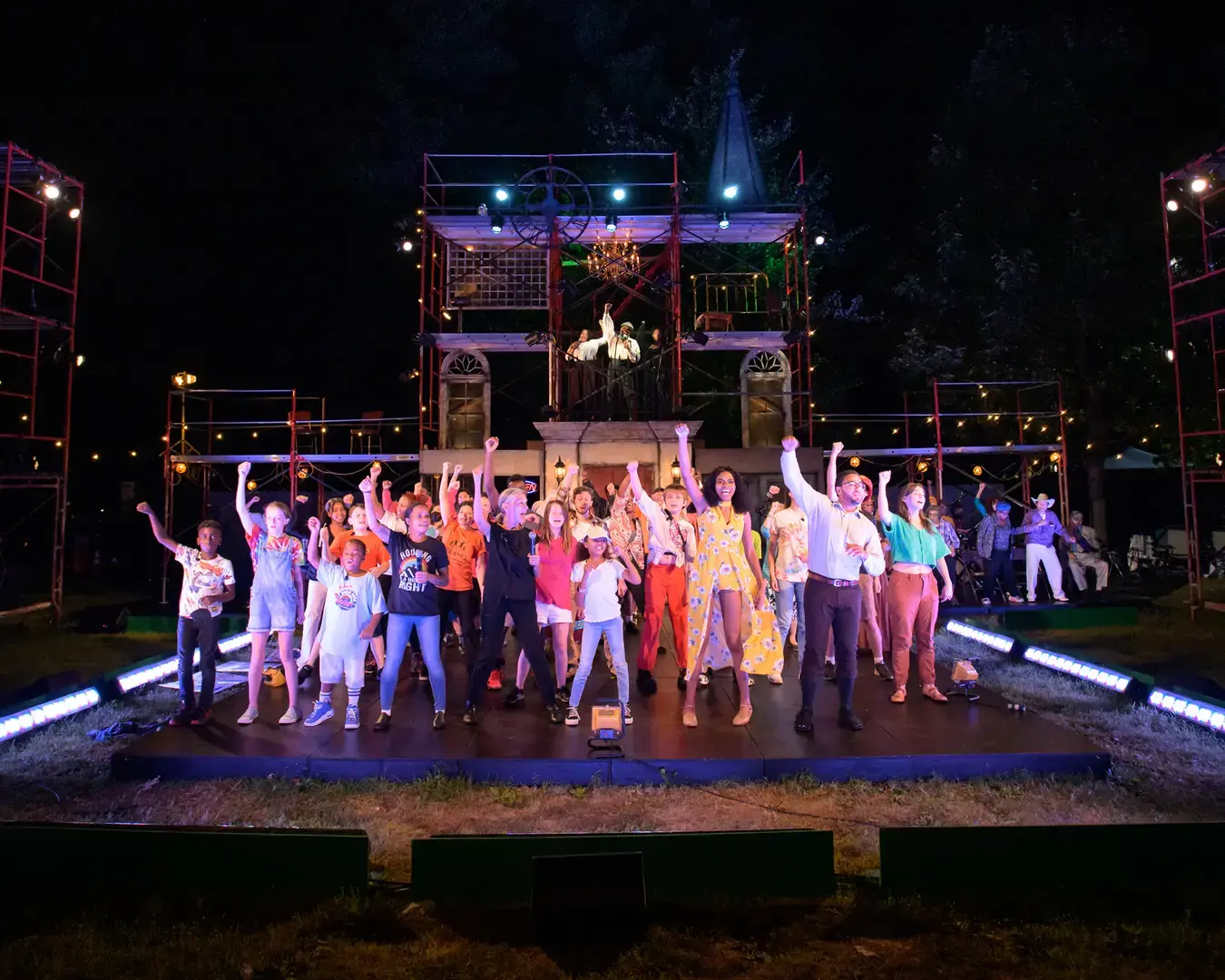Our “Fellows Friday” series focuses on the artistic lives of our Pew Fellows: their aspirations, influences, and creative challenges.
This week, we speak to Lela Aisha Jones (2016) who intertwines personal history, social commentary, and interdisciplinary methods, drawing from, in her x, “the individual and collective lived experiences of blackness.” A 2015 Leeway Foundation Transformation awardee, Jones is an artist in residence at the Community Education Center, and an incubated artist at Headlong. Most recently, she collaborated with Brenda Dixon Gottschild and Vershawn Sanders Ward of Red Clay Dance on The Body Wails, the Body Restores—a performance series that explored diasporic movement practice, social justice, trauma, and restoration.
How did you become an artist? Is there a particular experience that drove you to this choice?
My memories (which I hope tell me the truth) say that I became an artist because of the creative spirits around me. They are of course too many to name. I must acknowledge the contributions of my parents, who are creative and resourceful spirits themselves. They have always provided me with spaces where there was laughter, storytelling, painting, dancing, music playing, history lessons, ancestral lineage respect, and vibrant expressions of life. I became an artist because of my grandmother who I perceived to be someone that chose societal normalcy over mainstreaming her creative endeavors into a professional practice. I saw her constant struggle with emotional pain and anxiety. I told/tell myself it was/is because she wanted to be a writer and never fully realized that dream. I feel like a continuation of those aspirations to be an author. Being an artist became about me finding healthy ways to process my own trauma—the ability to survive.
I am constantly learning to navigate the systems that control whether or not you are perceived as successful in this country. I don’t know if another path, outside of the one that was laid before me, felt like an option to me—especially with my historical narrative and ancestry. Getting to that predetermined type of success became my plight. I am inspired by previous generations that have traversed their own trauma and faced particular individual as well as collective challenges. I contemplate, through artistry, teaching, and raising children, how striving for success could be approached differently for these coming generations. I have more leeway to invent myself with a good amount of social acceptance, because people before me walked their path. They made sacrifices that released my generation and gave us social freedoms from which they were not able to fully benefit. They gave us more resources than they had and room to explore the potential of blackness. These folks inspire me to strive for something beyond survival by creating as many thriving spaces as possible in my life and the lives of others. My struggle is to be more than a survivor, to be healthy, and lay clear trails for others who are searching for a blossoming and unfolding that mere survival may not be able to provide. Artistic practice helps me make sense of everything and keeps me from being swallowed by everything. I became an artist because I need individual and collective spaces to process my lived experience. In artistry it becomes normal to be imaginative and I use this framework of creativity to see how experimentation, justice, equity, and ethics collide and come together.
What is your daily art-making routine?
I am still looking for it. There are some practical things for art-making that must be done, and I do them because I am a planner and an organizer. I think if I made my art-making routine too rigid it would all just wither away. What I find most important in terms of routine is the making of space that is quiet, which thankfully never stays that way for too long. The quiet in my life, that I always allow to become loud at some point, is the treasure of my artistic and life practice. I am always pushing everything else out (rather forcefully), and then letting it all back in to that temporarily voided space. In between the moments of filling and emptying is where the art usually emerges.
You’ve said your work draws from “the individual and collective lived experiences of blackness.” What do you hope audiences take away from experiencing your work?
Black life is tied to all life—particularly in the United States.
Is there a particular early work that you created that influenced your future practice?
The Beauty of My Father is a duet I first created for Chevon Stewart and myself in 2007 in New York City. It was my first choreographic work as a professional dancer, and it was presented by Choreographic Sketches. It’s when I realized the concept of street grace—the rough-edged beauty that my father carried in his persona to make everything all right all the time…like we all do, but it looked a certain way on him, and manifested a certain way in me. I could not see most of the pain that weighed on him when I was a child. His troubles were transformed so well into grace most of the time. I admired that and I wanted to acquire it. I think that element of street grace shows up in my work pretty consistently.
Whose opinion about your work do you respect most?
Time, because it will always tell me what I have done.
What is your biggest motivator as an artist? What is your biggest fear?
My motivation as an artist is to keep conscious and collective processing spaces alive. My fear is that I will somehow run out of steam or that gathering resources, which bring visions to fruition, will burn me out.
What is your most treasured possession?
I don’t believe you can fully possess anything. It is an illusion to me, so I try not to bother with it too much.
Why do you choose to work and live in Philadelphia? In your experience, what makes this arts scene distinctive?
I think the small town/big city vibe is a match for me if it is complemented with significant time in non-urban and natural areas. I feel the weight of life more when I neglect the presence of and connection to elements beyond human interaction. In terms of the art, I try to let the work rest and then get back to it when I have a new inspiration or a message of affirmation—a settling of sorts. Philly always seems ready or welcoming when you come back with something new.
I also must mention the Philly community of artists, dancers, curators, cultural producers, dance practitioners, and dance professionals who are people of black/African diasporic descent and those who focus their work around the cultural practices derived from this diaspora. My individual striving and collective grind are interwoven intensely with this community of people, who through their diversity and differences somehow ultimately continue to believe in their own work (plight) and the work of one another. I hope to slowly join the ranks of these admired path makers.
